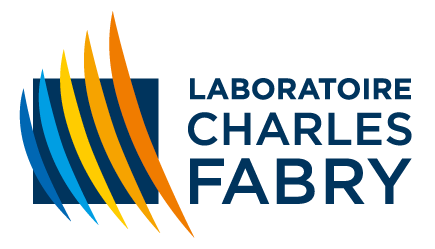CBC
Coherent beam combining of high-power diode lasers lasers
Coherent beam combining of lasers consists in the constructive superposition of laser beams by control of their relative phases, with the goal to increase the available optical power in a single beam. Then the brightness of the laser source increases. With laser diodes, this configuration allows to exceed the power limitation of single transverse mode emitters.
Different architectures exist :
- parallel amplification of a single seed source
- extended-cavity laser
We have studied these two different architectures with individual emitters and bars. We have been particularly interested in the potential of tapered emitters, which deliver the highest optical power in a beam close to the diffraction limit [5]. This work has led to numerous international collaborations, in particular with the Ferdinand Braun Institute in Berlin (Germany), which develops such components, and with the University of Nottingham (United Kingdom) for the modeling of transmitters.
• Coherent combining of amplifiers
In this configuration, the amplifiers are injected in parallel by the same seed source, and the phase of each amplified beams is actively stabilized. This architecture has been validated with four elements in parallel, up to a combined optical power of 17 W corresponding to an overall combination efficiency of 71% [2]. The improvement in the spatial quality of the combined beam, which results from the beam clean-up induced by the coherent superposition process, was used in a non-linear conversion experiment in the visible spectral range: the conversion efficiency was very significantly increased [1]. Finally, a compact module (32.5 x 22.5 cm2) was designed and validated with commercial amplifiers.
In quasi-continuous regime, corresponding to pulse durations of a few milliseconds, a power of nearly 23 W in a beam close to the diffraction limit was obtained, despite the dynamic evolution of the phase and the beam observed during pulses [2].

• Extended-cavity coherent combining
Coherent combining of laser diodes in an extended cavity consists in forcing the coherence and the phase-locking of the independent emitters in a common laser cavity. The cavity is designed to ensure a strong coupling between the devices, and thus promote their collective and coherent operation on a specific spatial mode. Compared to the coherent combination of amplifiers, it is a self-organized architecture that does not require an injection source. However, the coherent operation of such a cavity is generally less stable, and the extracted optical powers are limited.
We have implemented several cavity geometries in order to investigate different coupling processes such as Talbot effect, angular spatial filtering by a volume Bragg grating, diffractive element ... [3,4,5]. The best results have been obtained with a mini-bar of five tapered-section laser diodes in a specific extended-cavity design in which the lasers are phase-locked on their rear facet, and the laser beams are coherently superposed on the front facet using a diffractive optical element. A maximum combined power of 7.5 W was demonstrated [3].



